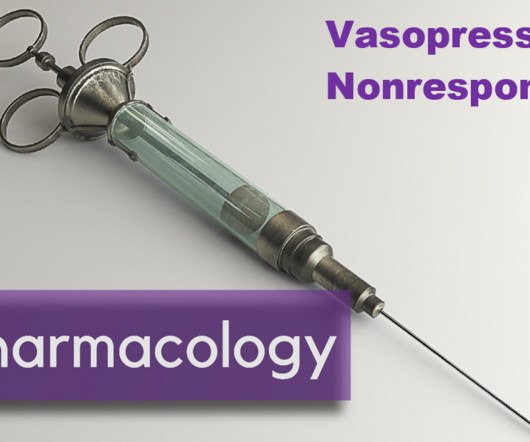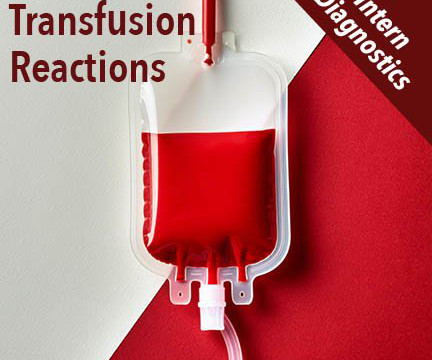emDOCs Podcast – Episode 85: Tricky Cases Part 1
EMDocs
SEPTEMBER 6, 2023
Learning points: Consider differential – sepsis, thyroid storm, thalamic stroke, exertional and classic heat stroke, serotonin syndrome, neuroleptic malignant syndrome, sympathomimetic toxicity, and anticholinergics. Temperature starts to decrease. Removed from cooling at 102 and admitted to ICU. Complete primary and secondary survey.

















Let's personalize your content